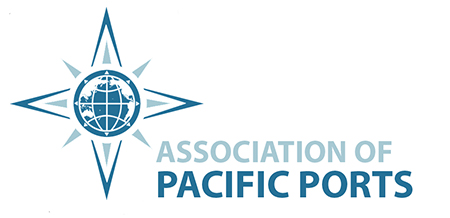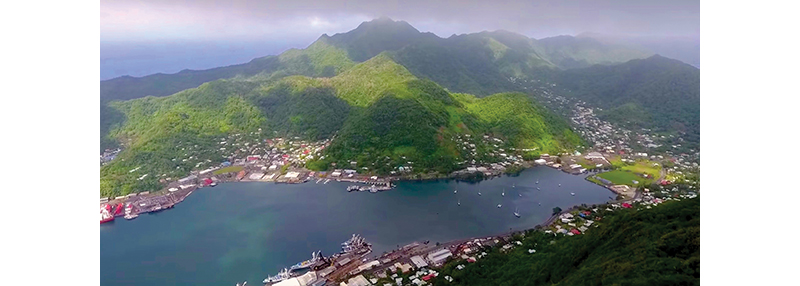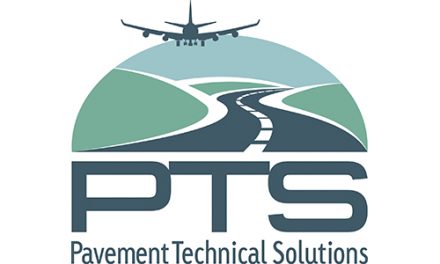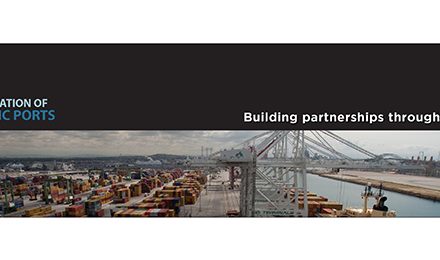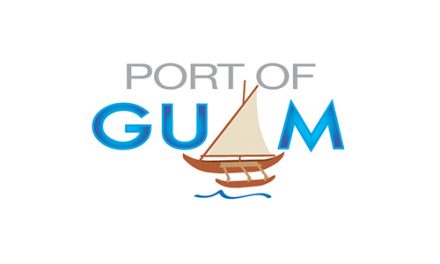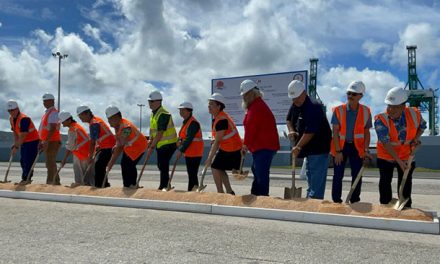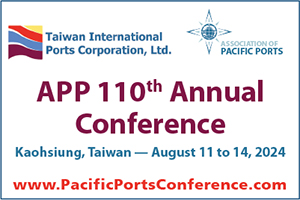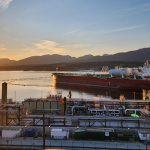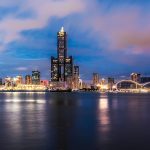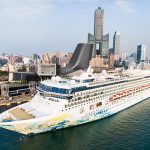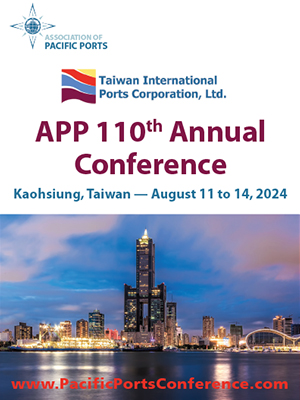August, 2020 — The Port of Pago Pago serves the U.S. Territory of American Samoa and is the gateway to other pacific islands as well as U.S. and international ports. As administrators of the territory’s ports, the Department of Port Administration continues to work toward meeting the everchanging need of the port users. Highlights of activity for 2019/2020 include receiving over $7.5 million in port infrastructure projects aimed at improving maritime operations that include a new 453-foot dock extension, a new terminal building, harbor dredging, repairs to Ro-Ro ramp from storm damage, and new container tracking and billing system. In addition, the Port of Pago Pago was just awarded $943,000 from MARAD to improve the port lighting, replace dock fendering, repair the container yard, and purchase forklifts for the inter-island ferry cargo operation.
To date, American Samoa has no confirmed cases of COVID-19. The airside borders remain closed, with only Military/FEMA and cargo flights being allowed to land after being properly vetted; however, the aircrew remain on board. Small feeder aircraft flights with minimal passengers from neighboring island Samoa (that is also COVD-19 free) are being allowed entry on repatriation missions to return America Samoa citizens on a limited basis. All passengers are screened by Public Health and are put in a 14-day quarantine facility.
The local Longline and Purse Seine Fishing Fleet have been challenged by the closure of the borders given a lack of flexibility to fly in personnel for crew changes.
The maritime borders are only open to cargo, tankers, and fishing vessels that support the local tuna canneries. Cargo and stevedoring operations continue, with vessel crews having minimal-to-no contact with local clearance parties and stevedoring crews. The Port of Pago Pago has adopted a No-Contact policy for all vessel clearances however, Harbor Pilots continue to board and guide vessels into port but under strict health and safety rules/procedures for both the pilots and crews. Public Health monitors the stevedoring and Pilots on a continuous basis.
Cargo volumes remained steady in the beginning of the year during the onset of COVID-19 and in this past quarter, the Port experienced a 15-per cent increase in cargo/container volume. This can be attributed to the increase in spending power from the recent distribution of U.S. stimulus funds, whereas local businesses, shops and stores are ordering more to keep up with demand.
With the increase of containerized volume, the container yard has reached its capacity and excess empties are being stored off site. The challenge with that is the ability to get the empties back to port and loaded onto outgoing ships. Our preliminary forecasts indicate that the volume will level off by the end of the year but given the situation with COVID-19 and how it is affecting the global market and supply chains, there’s just no way to predict.
For the coming year, the Port’s priorities remain the same — namely, keeping the port infrastructure, shipping and supply chains open. American Samoa is an island 2,500 miles from Hawaii and does not have the luxury of interstate rail or roadways to deliver goods and services. We are reliant on the maritime system to provide fuel and most of our food. While there are currently no reported disruptions to U.S. West Coast ports, or south and eastbound international ports — on which American Samoa relies for its supply chain we will continue to monitor the marine sector and adapt to changing conditions as quickly as possible.
